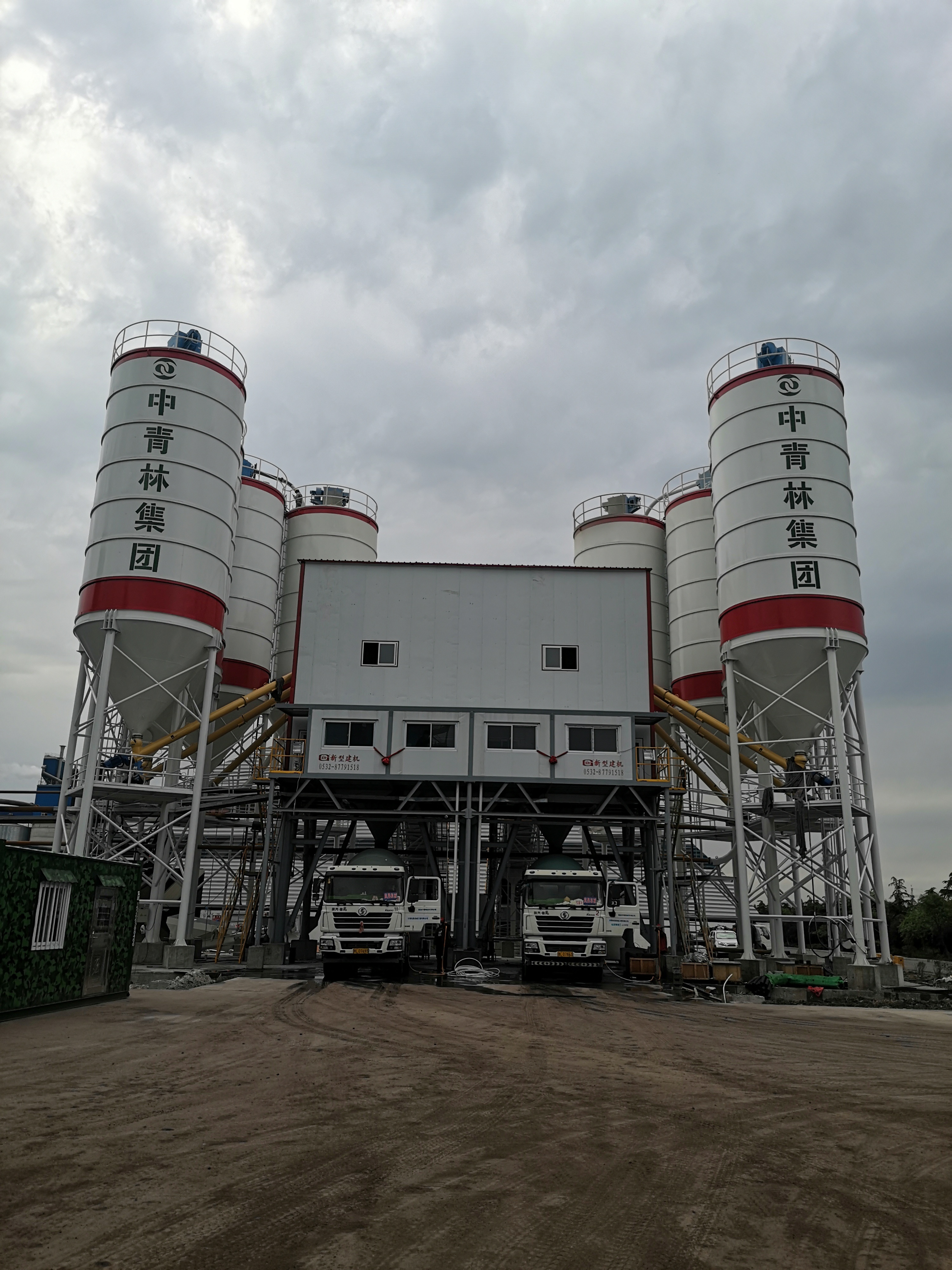Concrete in the era of low-carbon transformation: from airport floor slabs to farmland irrigation, empowering all aspects of life
Release Time:
2025-10-08
Source:
In 2025, with the in-depth advancement of green building material policies, traditional concrete produced by concrete batching plants is integrating into daily life with a brand-new look. Data from the Ministry of Housing and Urban-Rural Development (MOHURD) shows that the application ratio of green concrete in China has reached 40%, and the market scale of recycled concrete has exceeded 50 billion yuan, playing a crucial role in urban construction.
In the transportation sector, Ultra-High Performance Concrete (UHPC) has become a new favorite. Its compressive strength is more than 5 times that of ordinary concrete, and the new national standard issued by MOHURD has set the highest strength grade at UC200. The Xinjiang Dashi Gorge Water Control Project adopted this material and combined it with a distributed optical fiber monitoring system, which solved the problem of concrete curing in extreme environments and completed the pouring nine months ahead of schedule.
In people's livelihood projects, the asphalt concrete purchased for the Yaocun Town Irrigation Water Source Replacement Project in Jinyuan District of Taiyuan will improve farmland irrigation conditions and enhance agricultural production capacity. In urban buildings, the profiled steel sheet-concrete composite floor slabs produced by the concrete mixing plant of Xinxing Construction Machinery Co., Ltd. have reduced the thickness of super high-rise floor slabs from 150mm to 110mm, which not only saves materials but also improves seismic performance. After being applied in Terminal T2 of Chengdu Tianfu International Airport, the ultimate bearing capacity of the floor slabs reaches 32kN/m².
Technological innovation has enabled concrete to enter cross-border cultural and creative fields. Enterprises in Xingtai have used UHPC to create sculptures of the master and disciples from Journey to the West, demonstrating its plasticity, with a cost as low as 20 to 30 yuan. This is attributed to the high compactness of the material and also opens up a new path for the promotion of green building materials.
Driven by policies, the industry is moving towards low-carbon transition. The National Development and Reform Commission (NDRC) requires the proportion of green concrete to reach 40% by 2025. The promotion of technologies such as carbon sequestration and recycled aggregates has reduced the whole-life-cycle carbon emissions of concrete by more than 30%. From water control projects to home decoration, concrete batching plants and concrete itself are constantly upgrading, silently supporting every day of our lives.

Related Information
